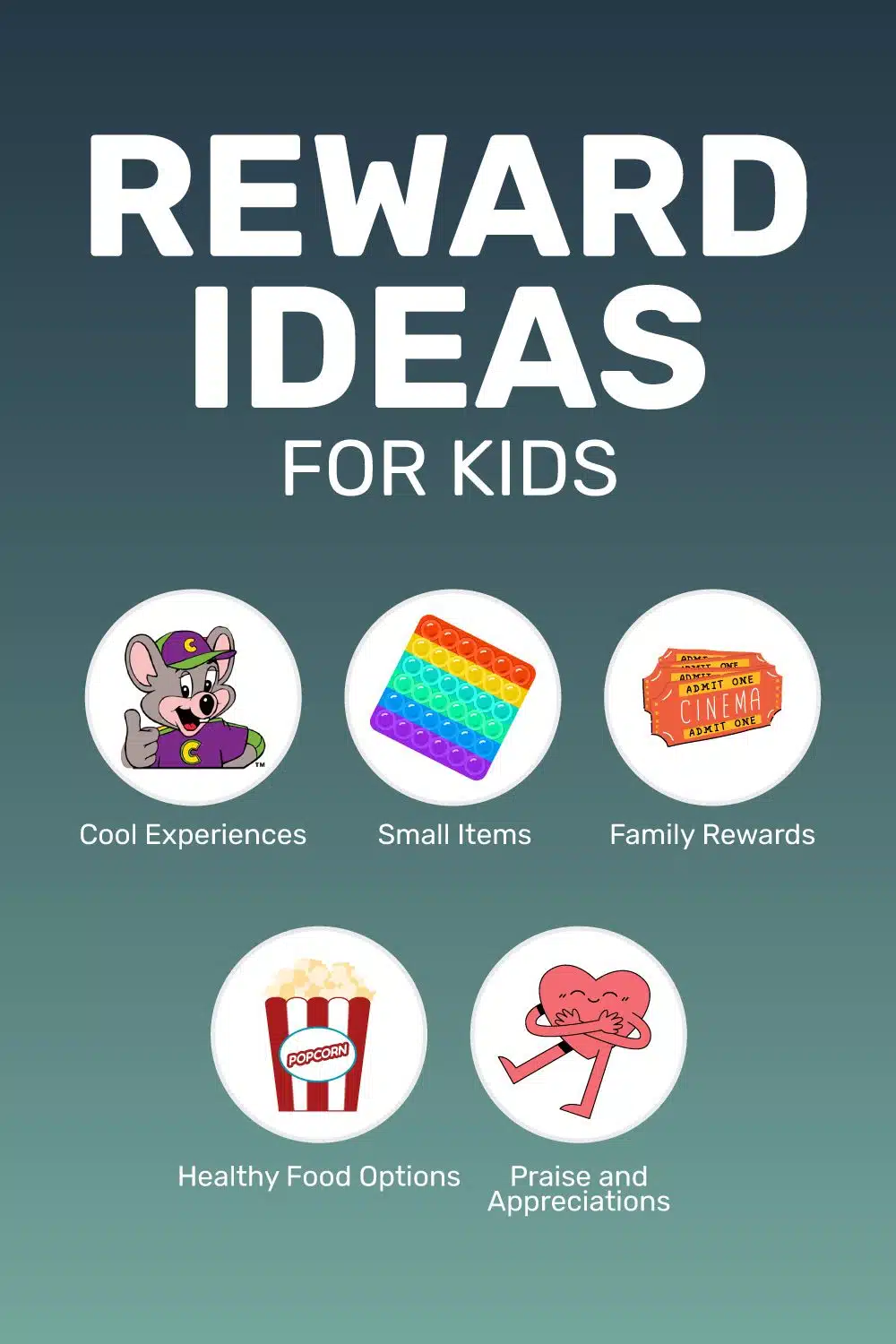Special education is a tailored approach to help students with unique needs succeed in their academic journey. This section provides insights into how this concept functions and offers real-world examples to illustrate its application.
- Identifying Unique Needs: Special education starts with a thorough assessment to identify a student’s specific requirements and challenges.
- Personalized Education Plans: An Individualized Education Plan (IEP) is created, outlining customized goals, accommodations, and support services tailored to the student’s needs.
- Utilizing Adaptive Tools: Special educators employ adaptive technology, therapies, and teaching strategies to address each student’s individual challenges.
- Inclusive Learning Environments: Students often participate in inclusive classrooms, where they learn alongside their peers with the added support of special education teachers.
- Monitoring Progress: Regular assessments track a student’s development, allowing for adjustments to the IEP as progress is made.
- Emphasizing Emotional Support: Special education prioritizes emotional and social well-being, with counselors fostering a supportive and nurturing environment.
- Strong Parent-Educator Partnerships: Collaboration between parents and educators is essential, ensuring consistent and effective support for the student.
In summary, special education functions as a customized support system, designed to empower students with unique needs, offering individualized planning, adaptive tools, inclusive settings, and strong partnerships between parents and educators, ultimately creating an environment where every child can thrive.
This post was originally published on Feb. 16, 2023. It was updated on Jan. 4, 2024.











